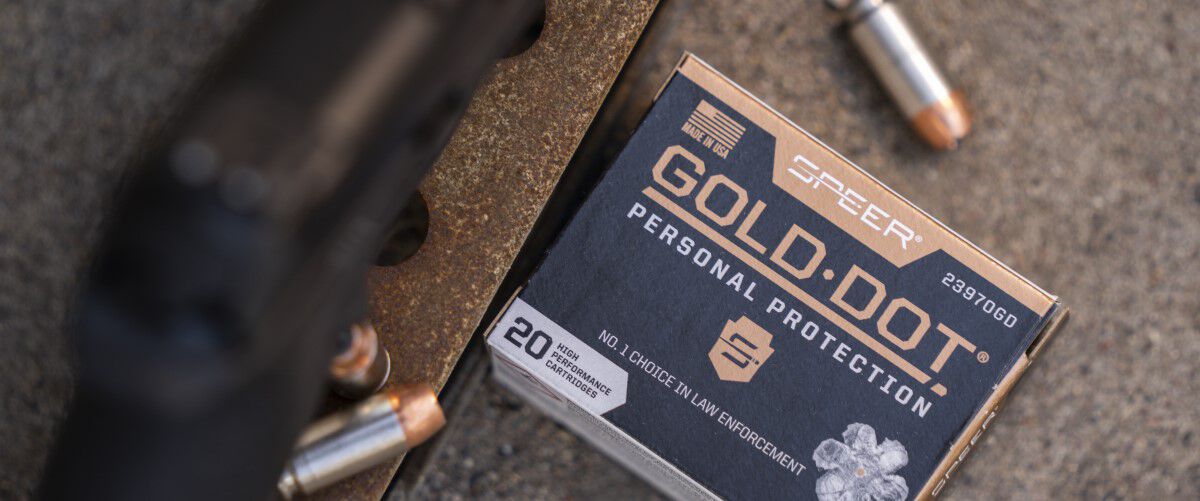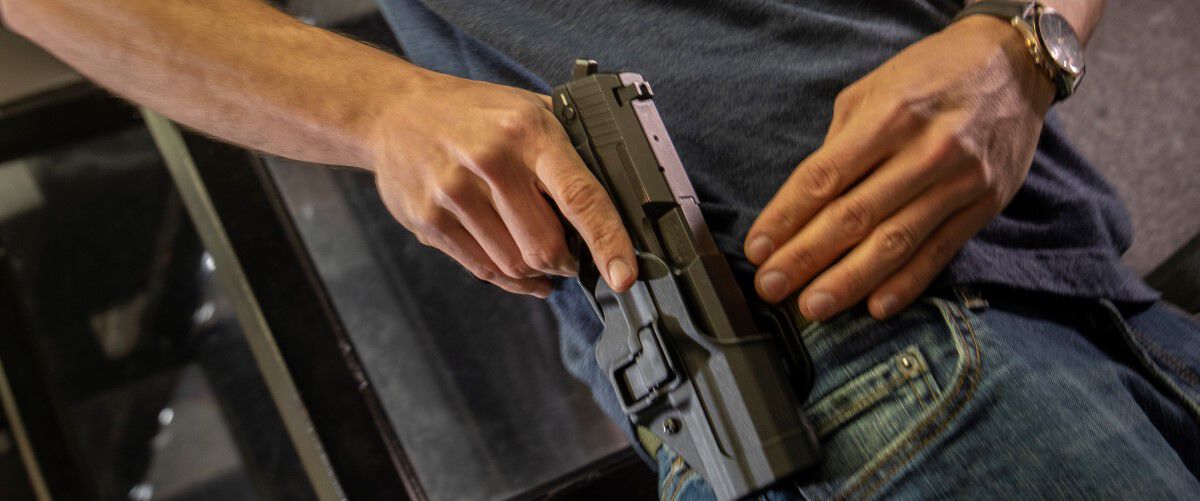At-Home Carry Drills

Time at the range, in this day in age, can be difficult to secure. Unless you have acreage and are set up to shoot outside your back door, several factors will dictate how much range time you can get over a year.
The first factor is ammo. It’s not infinite or free, so this alone will dictate how often you can shoot. Along those lines, there’s the pandemic. While most restrictions have been lifted, the events of the past couple years have spurred an influx of new gun owners who want to shoot. As a result, some ranges have waiting lists that stretch weeks or months.
The good news: You can practice from the comfort of your home. Dry fire drills are lovely for muscle memory, and self-defense expert Jim Gilliland recommends rehearsing carry drills regularly.
The Importance Of Practice
"There are lots of different carry positions and probably even more holster types," he says. "The key is to get comfortable drawing from your carry position out of the holster you've selected."
Gilliland points out that he talks to people who tell him they have multiple guns, holsters and the like but never use them. "Having a firearm and not using it makes you dangerous," he says. "You have to get to the range when you can and practice shooting your firearms. Equally, and possibly more critical, is practicing in dry-fire mode from home. You need to develop a good system that allows you to get to your gun quickly, press out, and be able to acquire the target. Handle your firearm often."
Safe and effective is the goal when shooting, and in a home defense situation, the chances of you drawing from your holster, pressing out, acquiring your sights, and squeezing off a good shot is nil if you don't practice regularly.
Comfort is key. Gilliland recommends, with a firearm that has no magazine and has been cleared multiple times, of course, to tote that firearm around the house. Carrying a firearm for eight to 10 hours will let you know if you’ve picked a good holster and if your carry position will work in terms of comfort.

This activity will also teach you what you might or might not need to move to get to your firearm. Some people carry in a purse—some under clothing. So, go through the entire process at different points during the day. Again, you must make sure the gun is safe. Check to make sure the magazine is removed and the firearm is clear. When you're confident of this and are in a good place in the home where you can practice safely, draw, press out, acquire your target, and squeeze the trigger. This is a dry-fire exercise.
Going Further
"The more you practice in dry-fire mode, the better," he says. "Then, you can start taking things further. I like drilling in dry-fire mode and pretending I have a jam to clear. When the crap hits the fan and things seem to move at 100 miles per hour, you must remain fluid. What if you go to your gun, forget you've got a round already loaded, and work the slide poorly? You could quickly end up with a jam. It would be best to practice how you're going to re-rack the slide hard, reacquire the target, and shoot. You can do this activity inside the home time and time again.”
Gilliland also recommends working on the art of reholstering. This activity gets overlooked a lot, and it shouldn't. If you're in live-fire mode and get even a tad complacent when you're reholstering, things can get real dangerous real quick.
"Focus on being smooth and fast," he says. "You want to train to be fast to the sights and trigger, but not quick to the reholster. We want to be slow and smooth when getting back to our carry position. Too many people reholster too quickly, and you don't want to reholster until a threat is no longer imminent."